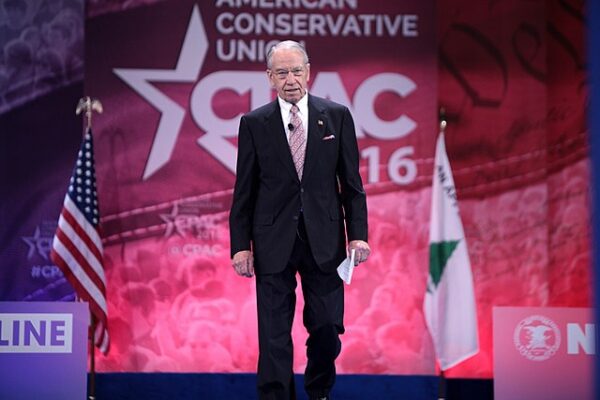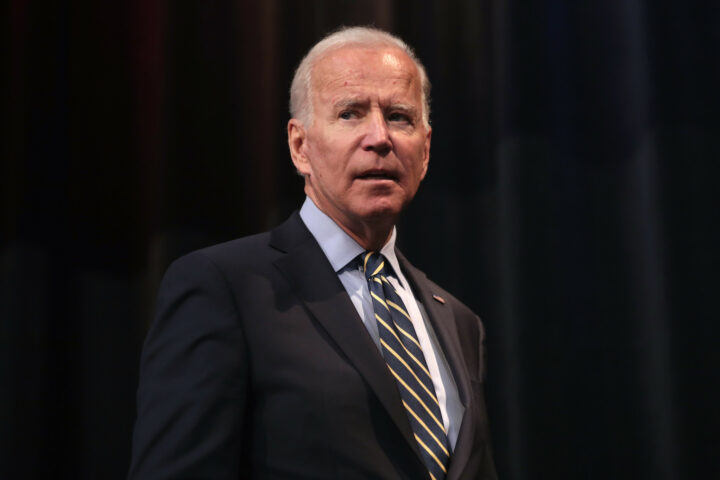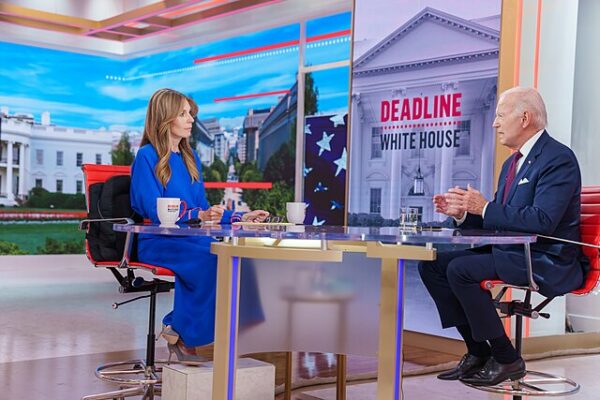President Donald Trump has signed an executive order establishing a Strategic Bitcoin Reserve, signaling a significant shift in U.S. policy toward digital assets. This move underscores the growing institutional recognition of Bitcoin as a legitimate store of value and firmly places the government in the cryptocurrency market.
JUST NOW!
President Trump signs an Executive Order establishing the Strategic Bitcoin Reserve and U.S. Digital Asset Stockpile 🇺🇸 pic.twitter.com/N9p2sQknVS
— Margo Martin (@MargoMartin47) March 7, 2025
White House Crypto and AI Czar David Sacks confirmed that the reserve will be funded exclusively through Bitcoin acquired via criminal and civil forfeiture cases. This approach ensures that taxpayers bear no financial burden while allowing the federal government to maintain control over a substantial Bitcoin stockpile. Estimates suggest that the U.S. currently holds around 200,000 Bitcoin, although a full audit of federal digital asset holdings has never been conducted. Trump’s order mandates a comprehensive accounting of these assets and prohibits any future liquidation of Bitcoin from the reserve.
Historic moment! Thank you, President Trump! pic.twitter.com/Ql6lG63EEU
— David Sacks (@davidsacks47) March 7, 2025
Alongside the Bitcoin reserve, the order also creates a U.S. Digital Asset Stockpile, managed by the Treasury Department, to hold confiscated cryptocurrencies beyond Bitcoin. The announcement has generated considerable debate among investors, particularly after Trump hinted on Truth Social that assets such as Ether, XRP, Solana’s SOL, and Cardano’s ADA could also be included in the strategic reserve.
The proposal has drawn criticism from key figures in the cryptocurrency industry. Tyler Winklevoss, co-founder of the Gemini crypto exchange, argued that only Bitcoin meets the necessary criteria for a strategic reserve asset. He emphasized that while he has no issue with XRP, SOL, or ADA, none of them meet the standard required for such a designation. His perspective aligns with a broader belief among Bitcoin advocates that the asset is uniquely suited for long-term institutional reserves.
Financial markets reacted swiftly to the news. Bitcoin, Ether, and Solana’s SOL saw price declines of approximately 5 percent late Thursday, while Cardano’s ADA experienced a steeper 12% drop. The volatility highlights the high stakes involved in U.S. cryptocurrency policy and the significant impact such decisions have on digital asset valuations.
Despite the controversy, some investors see the executive order as a major step in solidifying Bitcoin’s role as a global reserve asset. Nic Carter, a partner at Castle Island Ventures, compared the move to the historical recognition of gold as a financial safe haven. He noted that as the most influential nation in the world, the U.S. government’s decision to hold Bitcoin lends it significant legitimacy. However, he cautioned that including additional cryptocurrencies in the reserve could weaken its strategic credibility, reported CNBC.
Fintech investor Ryan Gilbert echoed these sentiments, stating that the reserve would help reinforce Bitcoin’s position as the dominant digital asset. He pointed out that many in the industry have long argued that Bitcoin is fundamentally different from other cryptocurrencies and should be treated as such. However, he warned that the U.S. must be careful in how it manages its holdings, emphasizing that a strategic reserve should be a long-term store of value rather than a tool for market speculation.
David Sacks hailed the executive order as a transformative step toward making the U.S. the global leader in cryptocurrency. He has previously criticized past government decisions to liquidate seized Bitcoin, arguing that the U.S. has lost over $17 billion in potential value by selling its holdings too soon.
The administration has appointed Treasury Secretary Scott Bessent and Commerce Secretary Howard Lutnick to oversee the reserve’s management and ensure that all policies remain budget-neutral. This executive order marks a bold new phase in U.S. digital asset policy, setting the stage for further regulatory developments and financial innovation in the cryptocurrency space.










